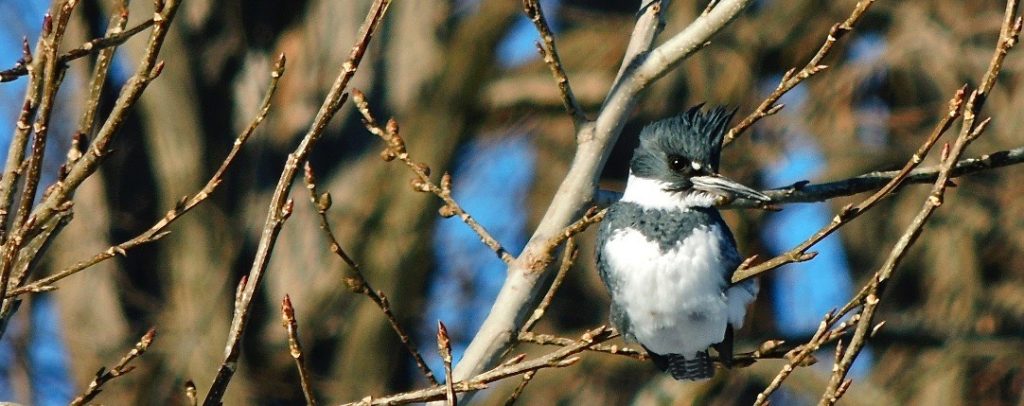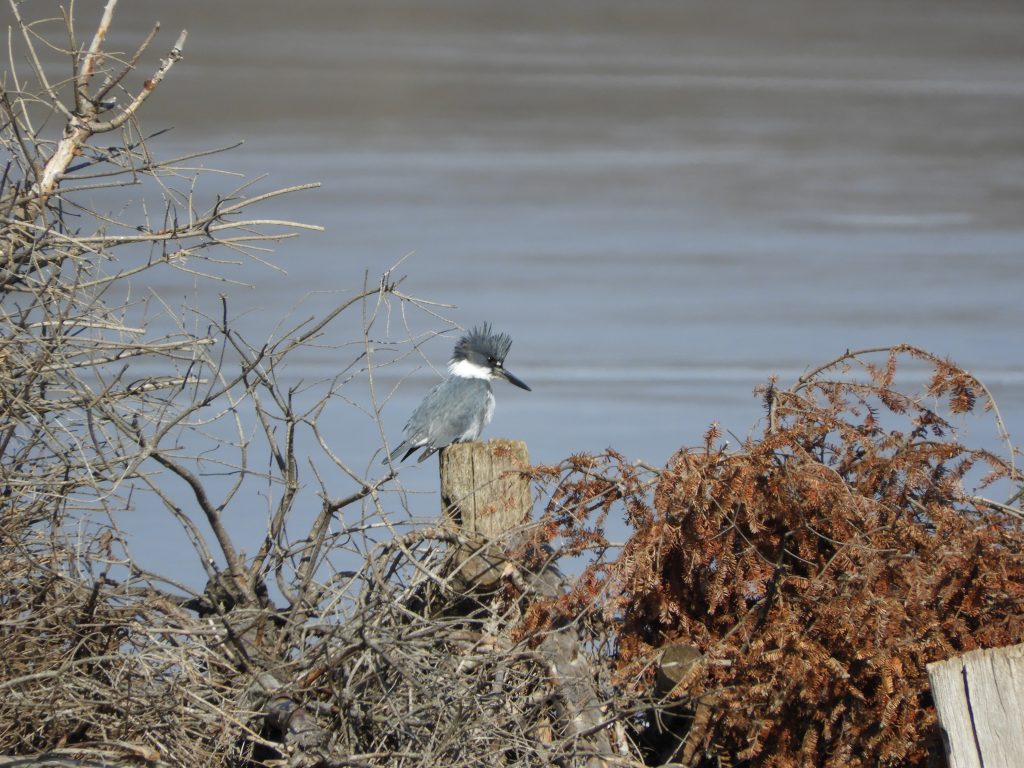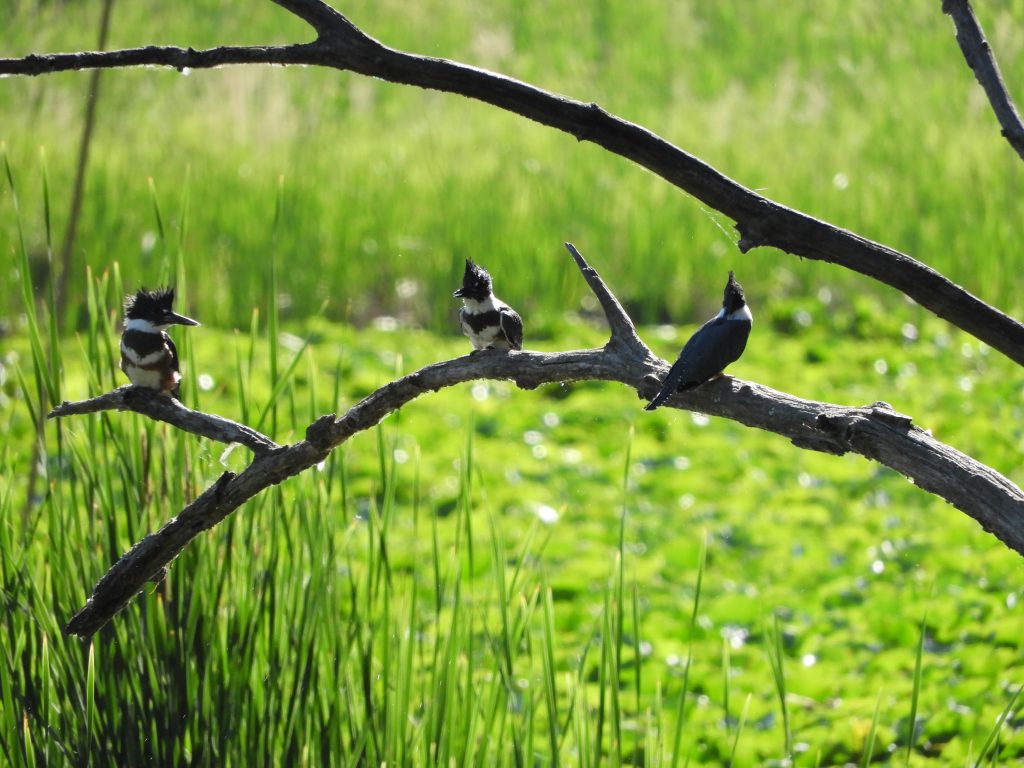
Valley Inn, Hamilton. ON. February 6 2023. It’s a mental landmark of mine that the third week of January holds our the coldest days. I think that’s a bit too pedantic, more realistically any day within two weeks either side of the end of January is when we’ll hit the deepest freeze. Indeed, two days ago, February 4th, has been the coldest so far this winter, cold enough to get most news networks excited. We dipped to -18.6 C., more than enough to turn all open water to a sheet of ice you’d think.
Still nursing that the third-week-of-January fixation and alert for any faint sign that the worst is behind us, I set out to hike some trails today. A singing Northern Cardinal was some encouragement, but then I once heard one, a false prophet, many years ago on a late November day, so I try not to attribute too much to a cardinal’s early song.
Woodland trails were very icy. For a while, I followed an undulating and ice-encrusted stream-side trail, choosing my footing carefully until I reached a point where the climb became steeper, the ice wider and thicker and the drop-off steeper. The chance of slipping, falling, landing hard and tumbling over that edge, seemed discouragingly high so I turned back and left for tamer territory.

Back on much safer ground by a river mouth, I was very surprised to hear the distinctive rattling call of a Belted Kingfisher. He was on top of an old utility pole by a bridge and immediately became My Bird of the Day.
On odd occasions I’ve been asked whether kingfishers migrate or stay around all winter. It’s a good question. After all you’d think they must migrate since creeks, lakes and ponds freeze over. But, drawing on the experience of having once seen a Kingfisher on a very frigid New Year’s Day 2014 (the one in the header, above), I’ve generally given the rather tentative answer that the fish don’t leave so, as long as there’s open water, there’s a chance some kingfishers stay around, although undoubtedly most head south.
Today’s kingfisher then is vague proof of those vague responses . Lakes and ponds are indeed locked under a thick layer of smooth ice, but there’s open water in places like the midstream of creeks and rivers or around seeps and springs where groundwater emerge. As if to confirm my conjecture he plunged to an unseen spot and returned to his perch with a decent sized fish.
Belted Kingfishers are quick to take flight if people approach so when a photographer tried to move in closer, the bird left moving away from him – to a post lower and closer to me so, I was able to get the photo above.

A better kingfisher photo is this one above from last June when I came upon four Belted Kingfisher fledglings. The warmer day story about them is here.
Thanks very much. Good find – a Belted Kingfisher near Hamilton during the dead of winter.
This morning, walking along Red Hill Valley Trail, I was 99% confident that I heard a Red-Winged Blackbird, another species of which a few may stick around Hamilton through the winter.
I enjoy reading all your posts.
Wow!
Crazy Red-Winged Blackbirds!
Wasn’t aware that there are some sticklers!
Interesting!
Thanks!
Glad you took a more safe, and profitable, walk!
It’s nice to know some birds, which I ASSUMED were Spring/Summer birds, hang around!
It’s like a promise of Spring!